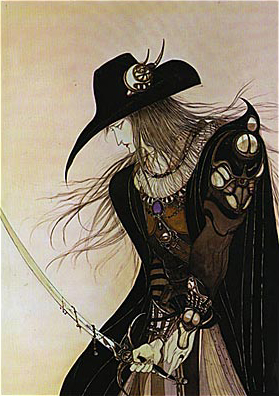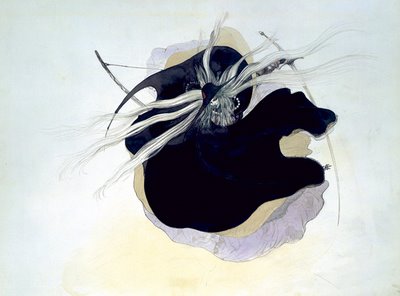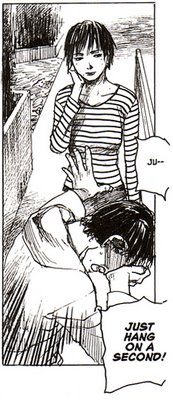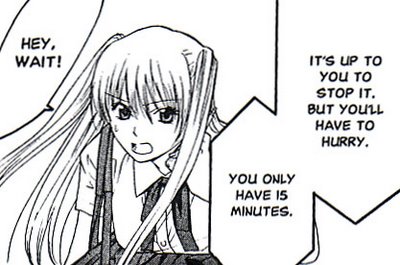Crimson Labyrinth

The Crimson Labyrinth succeeds in employing both these techniques. From the opening page we know unemployed businessman turned, Fujiki, has been transported to a faraway strange and unfriendly place as he awakes from a heavy sleep.
“He felt something hard against his spine and shoulder blades, and
realized he was lying on the bare ground…
Where am I?
It was a reasonable question, but no answer came to mind.”
(p5)
We soon learn that Fujiki, along with a woman he meets, Ai, are two of nine participants in an evil and deadly game. These nine Japanese participants, seemingly selected randomly, are trapped in a maze of red rock valleys. Initially they only have handheld game devices that give them instructions on how to proceed. Initially the idea is for everyone to work together, but this is a game and in a game there can be only one winner. The evil individual or group that put this game together did not have cooperation in mind…
The Crimson Labyrinth has been compared to a host of other stories – Battle Royale meets The Running Man meets “Lost” meets Lord of the Flies – and all of them do have factors recognizable. Like most of the stories it is compared to, the author seems to be making a statement about the state of society today. Within the manageable group of nine (easier to keep track of than Battle Royale’s forty combatants) we see different parts of society, and how decisions and promises are made and broken makes the reader think of what he or she would do if found in this seemingly impossible situation. Because of the Japanese nature to tend to create harmony rather than conflict, the game masters (and the author) have to come up with a few ingenious ways to put kinks in the already unstable trust the group builds. (Is it any wonder that the Japanese version of “Survivor" was a total bust, while the American series is still going strong? I understand there just wasn’t the fun-to-watch conflict in the Japanese version.)
The way the game plays out, through cryptic messages from the game machines keeps the story very mental and heady. But let us not forget that this is still a horror novel...
Difficult to put down, The Crimson Labrynth isn’t the deepest reading from Japan, but it is both thoughtful and frightening, a fun combination not to be missed.
 Before my vacation, I had to let you know about a recent release that will make a great present...for yourself!
Before my vacation, I had to let you know about a recent release that will make a great present...for yourself!















